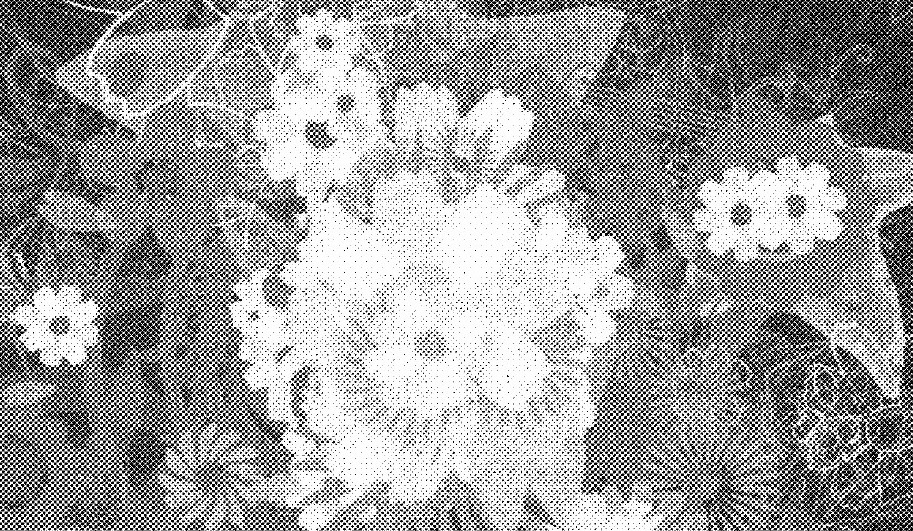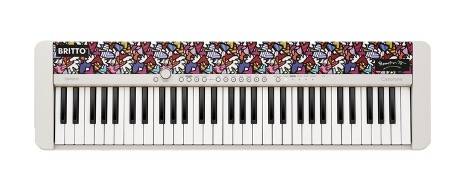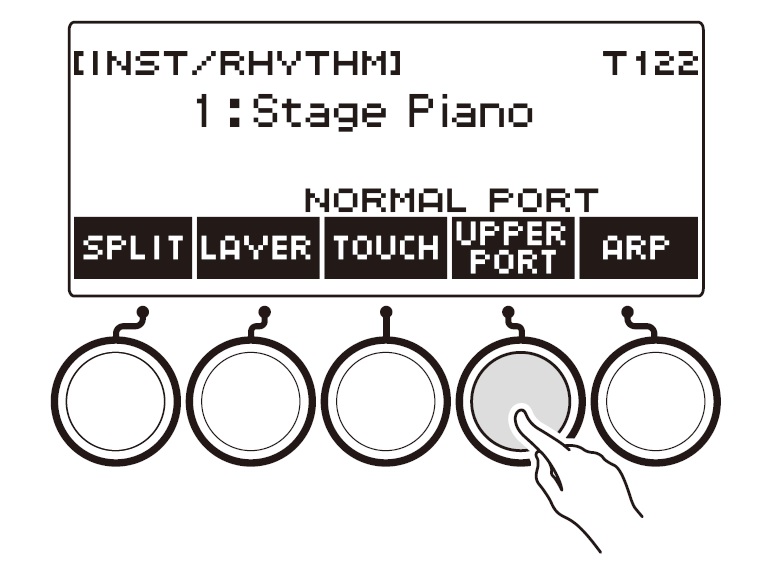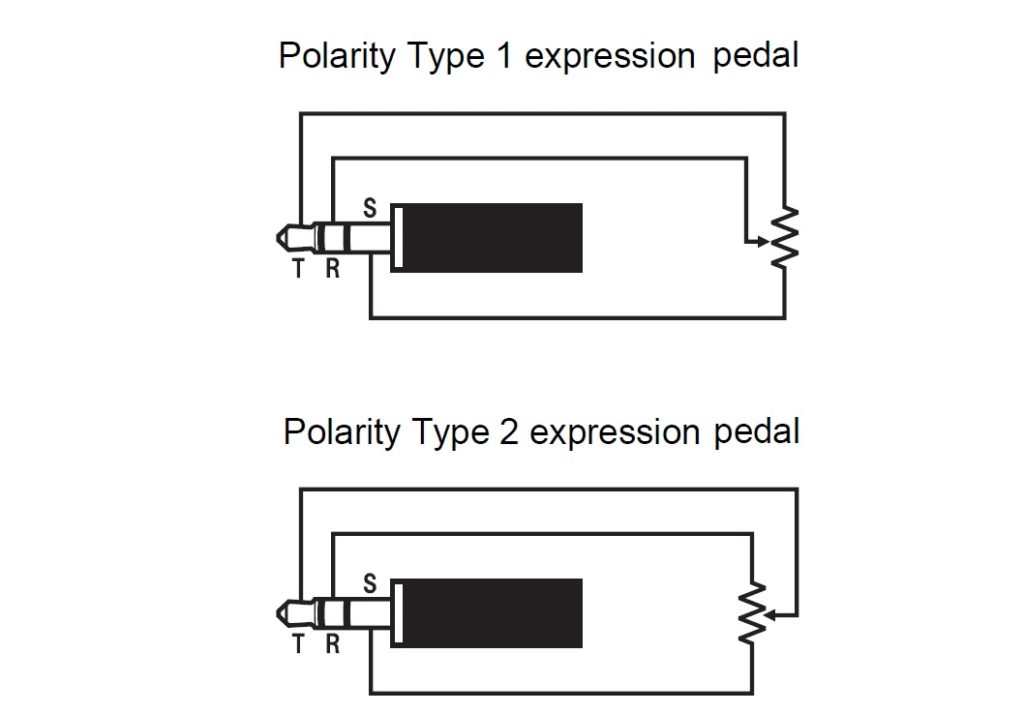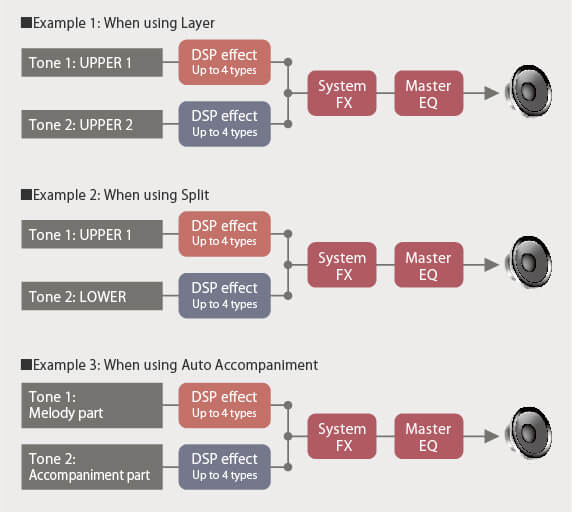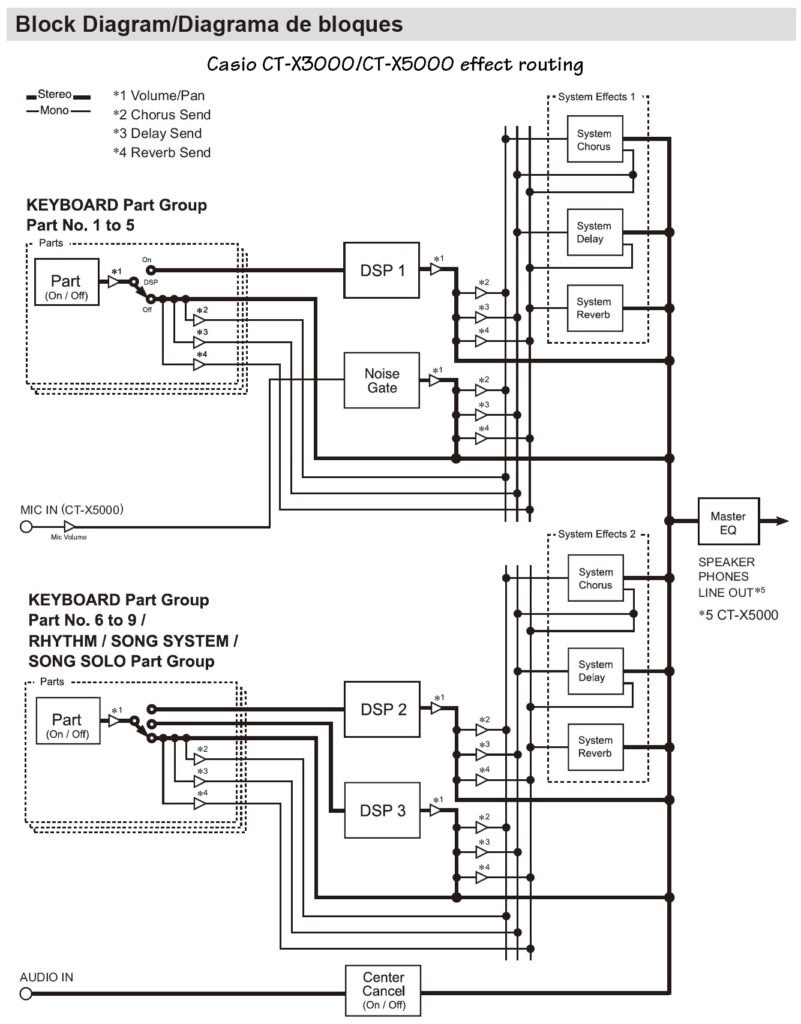Gonna post a few notes while I take an ear break.
I’m rather pleased with the sound and play-ability of the Casio CT-S1000V. For now, I’m focused on sound design and playing, having only dipped into the auto-accompaniment rhythms and vocal synthesis.
Patches
Sounds, not the song. (Sorry, Clarence Carter.)
My first order of business is building a bunch of sound combinations that are suitable for the contemporary and traditional church music that I play. Jazz, funk and pop will have to wait a little while…
The CT-S1000V provides two different means of storing a patch: My Set-up and registrations. My Set-up is accessed through the main MENU button. Up to four set-ups can be stored. As I quickly discovered, My Set-up stores everything but the kitchen sink including settings like speaker ON/OFF. I sacrificed the fourth location (SAX) and created a LINE OUT entry with the internal speaker turned off. This seems like a good use for My-Setup, namely, saving global configurations for different playing situations, e.g., home, gig, etc.
Registrations are more appropriate for tone (voice) programming. There’s more registrations than My-Setup locations: 16 banks with four registrations per bank, 64 registrations total. That may seem stingy by today’s standards, but I don’t need more than 8 to 16 locations to cover most of my gig needs. Plus, one can always save registrations to a USB flash drive and load them as playing situations arise.
Tone programming
Registrations can save most everything related to tone programming: split, layer, effects, and much more. Yes, you can edit CT-S1000V tones — one reason why I passed on the CT-S1 and waited.
Tone editing is similar to “quick edit” that you might find on a synth. You can tweak 21 parameters including cutoff, resonance, attack time, release, vibrato, volume, pan, effect sends and 4-band EQ. You don’t get synthesizer-level deep editing. Cutoff, etc. are offsets (-64:+64) from the preset value. If you want it all in front of you like MODX or Montage, this isn’t the droid you’re looking for.
With only three front panel knobs, you need to assign a tone parameter to a knob first, then tweak. The changed value is saved along with everything else in a registration (including the knob assignment).
DSP editing, on the other hand, is deep. Using a feature called “Active DSP”, you can choose an effect type, assign a parameter to a knob, and tweak effect parameters. I’m still experimenting with Active DSP, especially for controlling rotary speaker speed. I’ll have more to say when I have a better grip on Active DSP.
Splits and layers
The CT-S1000V works logically and supports two split zones: Lower and Upper. When Split is turned off, all’s you get is Upper. Upper supports two layers: Upper 1 and Upper 2; Lower cannot be layered. The split point is configurable and you can adjust the balance (level) between tones. This is just enough to be dangerous. If you’re looking for a pile of layers, move along.
Starting with my Roland days (circa 1995), I’ve kept notes about the most useful tone combinations for contemporary church music. Here are my favorite combinations:
Tone 1 Tone 2 Tone 3 Tone 4
----------- ----------- ------------ ------------
High School Tuba A Celesta Flute 1A Clarinet A
Warm Tp Sect Tbs mp C Tbs mp B Tbs mf C Brs LipNzl
CTp + Tb Sect C Tps mp A Tbs mp A C Tps f A Tbs f A
Horn+Wood Flute 1A Clarinet C Oboe mf A Horns mf A
NobleHornPop Horns f A Flugel C Tb Sect B Trumpet 1C
NobleHornPop French 1C Flugel C Tb Sect B Trumpet 1C
Orch Reeds Oboe mf A E.Horn C Oboe f A
Wind&Str1 Oboe mf A Flute 1B DolceStr.A JV Strings A
Wood Sect Oboe mf A Flute 1A Clarinet A E.Horn A
Flute/Clari Flute 1C Clarinet C
ChamberWinds Oboe mf B Oboe mf A Sop.Sax mf A Flute 1A
ChamberWoods Clarinet A Flute 1C Flute 1A
Warm Strings Soft Pad A F.Str mp A JP Strings2C JP Strings1A
ChmbrQuartet Violin C Violin 2 A Cello A Cello 2 A
ViolinCello Vc mp B Bassoon A Va mp A Oboe mf A
These combinations date back my old JV-90, XP-60 and XV-5050! You’ll find equivalents on my MODX and Genos. My task now is to build similar combinations (registrations) on CT-S1000V.
BTW, I’m also dialing back reverb where necessary. I try for a happy balance — not too dry for practice at home, but not so much as to murk up the sound in a reverberant church hall.
If I had one wish, I would like to give each registration a name. I have a running map of “which registration does what,” but wish the names appeared on the CT-S1000V screen, not “Bank 1-1”.
Tones for old bones
By and large, the CT-S1000V orchestral tones are decent; most of them are musically useful and sound good through both the built-in speaker and an external monitor. The tone parameters are enough to cure overly bright tones or sharp attacks. Although I haven’t worked with them yet, the chromatic percussion (celeste, glockenspiel, etc.) don’t have any obvious tuning issues and are musical.
Two layers aren’t much. Fortunately, CT-S1000V has a few preset combi tones — Brass & String, Violin Section, Chamber (orchestra), Flute & Oboe, Pipe Section — which provide another “layer” or two on the cheap.
Don’t forget about the ethnic voices. CT-S1000V has accordions, fiddle, and harmoniums. Harmoniums! Jazzers who want to get their Jon Batiste on should look to these for melodica.
Organs
The CT-S1000V pipe organs are decent. Yes, there is the usual over-done reedy sound, but there are three tone presets that are suitable for hymn-playing and congregational singing. Even though the keybed is squared-off and similar to piano keys, it has a nice resistance and allows the legato-like gestures one uses when playing a pipe organ.
The drawbar organ tones are serviceable. No, we’re not in clone territory here and you can’t change the drawbar settings. There are rotary speaker effect algorithms, but again, we’re not in Vent or clone territory quality-wise. The only way to change rotary speaker speed is via Active DSP and turning the knob to which rotary speed has been assigned. I wish there was a way to assign rotary speed to the foot pedal. (OK, I need two wishes from the Genie.)
On the up-side, the rotary effect has a brake setting. One could brake the rotary and put the LINE OUT into a Lester K, Vent, or whatever. I will be giving this a try and will post notes. With Lester on the floor, I could stomp on a foot switch and change rotary speed, too.
Summary
Well, I hope these observations are helpful! The Casio CT-S1000V has a lot of sound-making value for very little money. So many tones to try…
Copyright © 2022 Paul J. Drongowski

